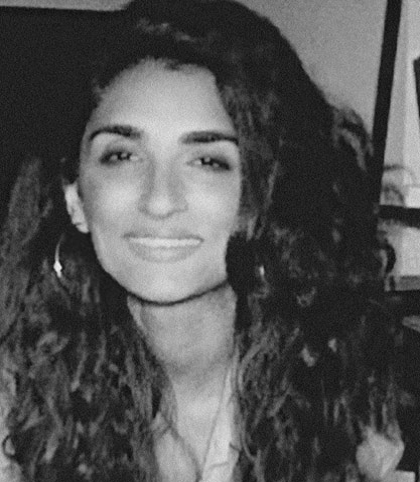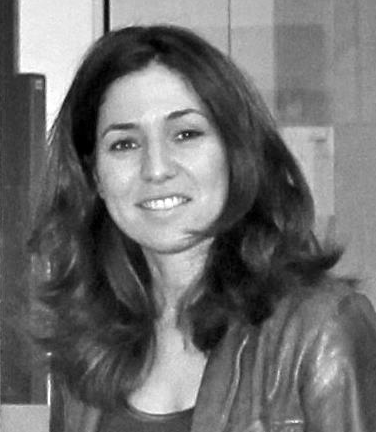Since the 1960s, the Arab Gulf has witnessed major transformations on the economic, political and social levels. The oil economy, demographic change, as well as recent processes of internationalization and globalization had an impact on visual culture and have led to a new visual identity. The proposed workshop will focus on the diverse manifestations of visual culture in the Gulf in the post-oil era. It will address the relationship between visual identity and socio-economic realities. Among the suggested themes are: Visual rhetoric and identity; Modernity and tradition; Current trends in the production and consumption of visual culture. Through the use of cultural theory and adopting ‘the image’ as a tool for the production of meaning, the workshop will reflect theoretically on the multiplicity of readings and interpretations. Papers will address the official visual rhetoric, as well as the everyday media and low visual culture, taking into account the multifaceted aspects of visual expression in the Gulf region.
3 DAYS / 12 Workshops
MORE THAN 300 ACADEMIC PAPERS
The study of the visual culture in the Gulf is important in an era when heightened
visualization has become a defining attribute. However, this cannot be separated from the
multiplicity of socio-economic circumstances. Since the 1960s, the Gulf region has
witnessed a period of major economic, political and social transformations. The
formation of independent states and the post-oil economy provided for major urban
developments and a clear change in social structure and lifestyle. The last decade saw
further modernization, coupled with an internationalization of demographics and a
globalizing effect. These processes have become culturally embodied in the visual
narratives of the Gulf as well as the layers of projection and representation; a visual
rhetoric and a flux of visualization, projection and internal identifications at the level of
media projection, art and architectural production, consumption modes, urbanization
patterns and social relationships.
Since the 1960s, a process of visual production and representation developed in a number
of GCC states. For instance, the period following independence in the UAE saw major
transformations through the massive visual re-construction of a newly formed state. A
new visual identity was in the making: flags designed, money minted, stamps printed.
Another example is the urban expansion and modernization in the Saudi Arabia of the
1970s. The negotiation between modernity and tradition in recent UAE projects and the
visualization of Qatar's 2022 World Cup projects is already predicting a future role and
identity.
The proposed workshop will examine the above processes as well as the motivations,
causes and implications of visual representation and the construction of identity in the
Gulf. The workshop will address the following questions:
¾ What is the significance of visual studies in the context of the Gulf?
¾ What are the underlying links between visual culture, social structure and
economic processes in the GCC?
¾ What defines the visual identity of the Gulf? And how is it expressed in a
globalizing world?
¾ What defines the sensibilities, aesthetic values and expressions of Gulf
culture(s)? And what are the symbolic meanings behind these expressions?
¾ What are the commonalities and differences in the modes of expressions and
representations between the various GCC countries?
Presentations will address a diversity of theoretical approaches and rely on ‘the image’
and its underlying meaning as a focal point through which identity is conveyed; the
image as a tool for the production of meaning. The intention is to reflect on the
multiplicity of readings and interpretations in a constructed identity through visual
material produced in and about the Gulf. Identity will be discussed in relation to the
diverse manifestations of visual culture. Papers will address the official visual rhetoric, as
well as the aesthetic and cultural values implied in everyday media and visual
representations, taking into account the multifaceted aspects of production that equally
echo high and low culture.

